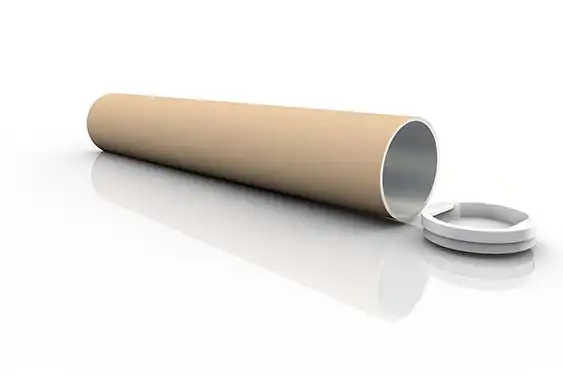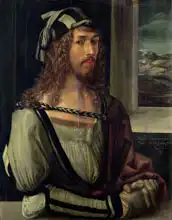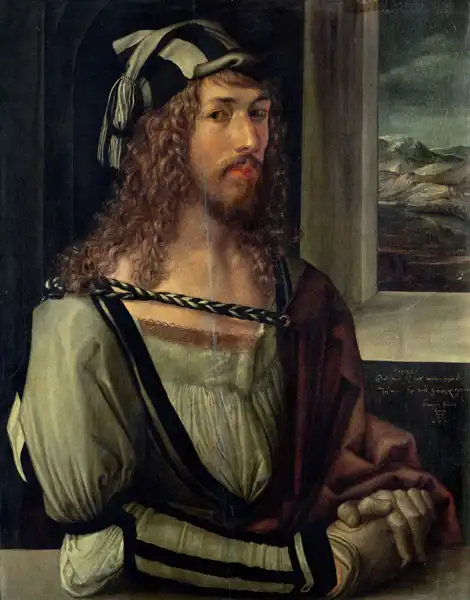About this finishing
Print. The image is printed on the top quality 10-ink HP Z9PS printer on HP matte 270 g / m2 paper. You can choose any size to an accuracy of 1 cm. A margin of 5 cm around the image is added to the size of the motif.


You can find a detailed description about our finishings
here.
Study for Self-Portrait with gloves
Date:
1498Medium:
oil on boardLocation:
Galleria degli Uffizi, Florence, ItalyStudy for Self-Portrait with gloves served
Dürer as preparation for later self-portrait at 26, where it is altered only a few details. The resulting self-portrait
Dürerovým second part of this type out of the three portraits on which it is played. The first is
Self-Portrait with thistle of 1493. Two years after the second self-portrait, in 1490, created his last self-portrait,
Self-portrait at the age of twenty-eight years , which consists of more mature and wiser. In Study for Self-Portrait with gloves, the author appears as a man with a certain kind of status that automatically attributed on the basis of their ability. On the face carries a slightly arrogant and haughty expression that betrays its own self-esteem and confidence schoponostmi. Historians argue that
Dürer lived irresponsibly and adventurous youth. His character almost completely fills the screen - the hat, which extends almost to the top edge, to the right hand, which forms the lower boundary of the image.
Dürer painted picture Study for Self-Portrait with gloves in 1498. Prevailing color of this fine art print is dark and its shape is portrait. This art piece is located in Galleria degli Uffizi, Florence, Italy. This image is printed on demand - you can choose material, size and finishing.
Albrecht Dürer (1471-1528). German painter whose work was produced in a period of great social movements associated with the Reformation. He represents a turning point of the German Gothic style. His creativity, vigour and sensitivity led to the creation of rich and perfect art. Contact with Italian artists allowed him to transfer inspiration from the
Renaissance style (humanism, Greco-Roman classicism, Mediterranean bright colors, etc.) to the height of the German Gothic.

